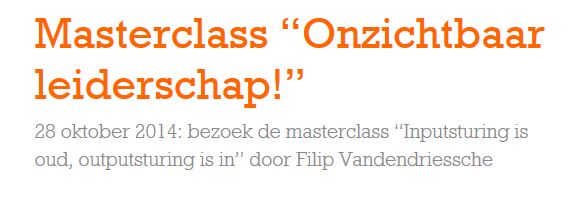Agile for sales or Super7 for sales – implementing lean teamwork has great potential for sales effectiveness. In a lean team, individuals can spend a larger share of their time on what they excel in. And it is this excellence that delivers results.
A sales team that truly works together will sell more than the same number of efficient sales agents working independently. Great successes have been achieved in financial services with lean-based ways of working. Agile and Super7 Operations are perhaps the most well-known examples of this. And now, within financial services, experiments are starting with lean-based teamwork in sales.
The required change seems quite big, as sales agents were rewarded for their individual success up to now. This resulted in what I like to call a “lone hero culture”, where successful individuals were valued over team players. In a lean team, team members are willing and able to help each other. The culture will become that of a learning organization. And the team continuously improves on their cooperation and effectiveness, striving towards outsourcing everything but excellence.
Recently, I was invited to a brain storm session on how this Dutch bank can transform its sales organization towards lean sales teams. Together with an expert consultant in sales effectiveness, an Agile Coach, Super7 practitioners and sales managers, we designed the outline for lean sales teams on the basis of our Agile and Super7 Operations experiences. I expect that experiments will start soon and I’m looking forward to seeing the results.
Menno R. van Dijk











 One way to organize this is to create risk management Scrum teams.
One way to organize this is to create risk management Scrum teams.




